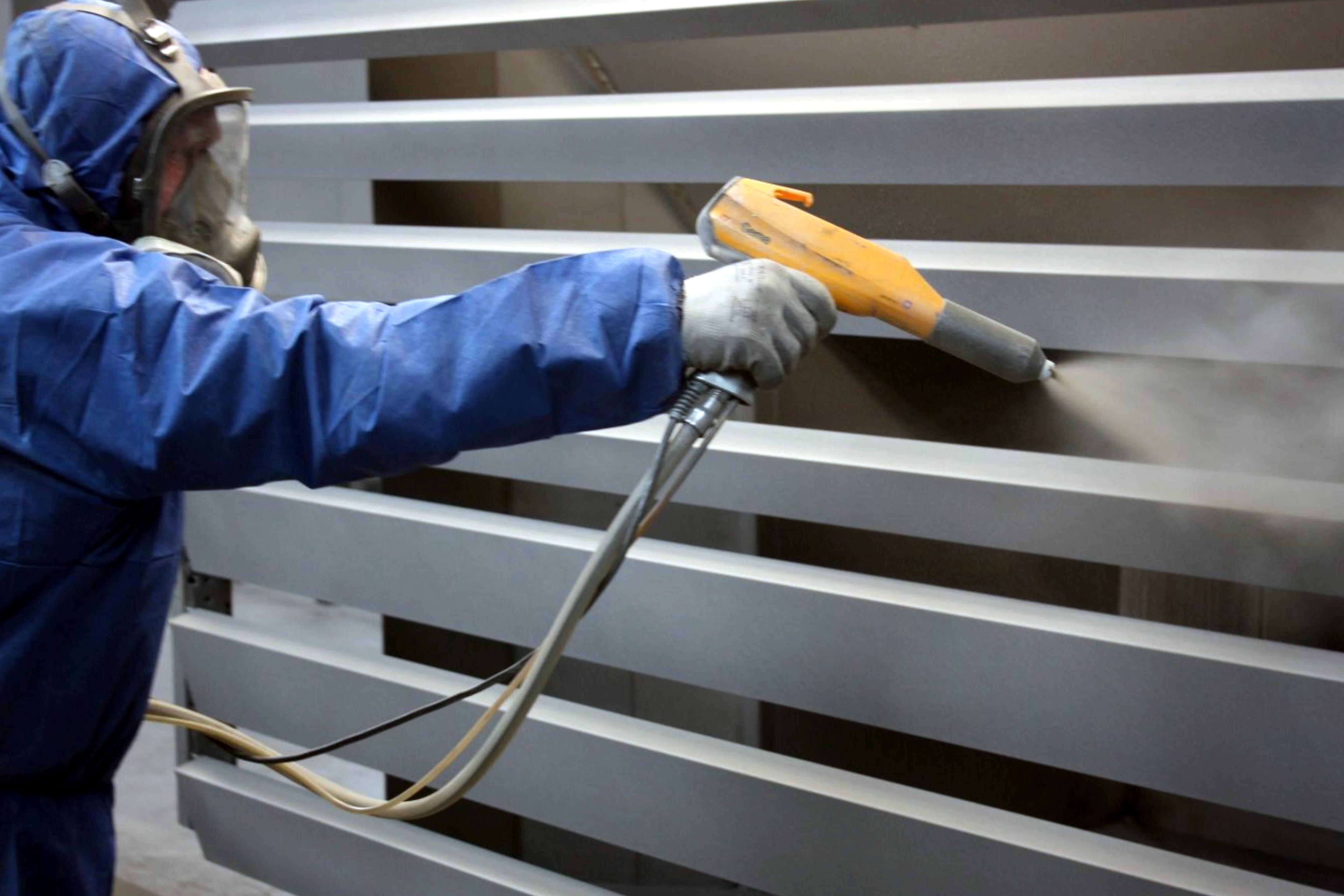Performance Coating Market Key Drivers Include Cost Efficiency, Environmental Compliance, and Technological Breakthroughs

The performance coating market has seen steady growth over the past decade, driven by rising demand in industries such as construction, automotive, aerospace, marine, and industrial manufacturing. These coatings are engineered to endure extreme conditions resisting corrosion, abrasion, UV exposure, chemicals, and high temperatures. While the market holds immense promise, it is not without its challenges. In fact, a closer look reveals a set of significant restraints that could potentially hinder the pace and breadth of growth in the coming years.
As the global landscape evolves and industries adapt to new pressures, performance coating manufacturers must contend with a mix of regulatory, technical, economic, and logistical challenges. Understanding these restraints is essential for stakeholders looking to navigate the sector and devise sustainable long-term strategies.
Regulatory and Environmental Pressures
One of the most prominent restraints in the performance coating industry is the tightening web of environmental regulations. In many parts of the world, especially in North America and Europe, governments have enacted stringent rules limiting the use of volatile organic compounds (VOCs), heavy metals, and other hazardous substances commonly found in traditional coatings.
While these regulations are designed to protect public health and the environment, they pose a significant burden on manufacturers. Reformulating existing products to meet regulatory standards without compromising on performance is both time-consuming and expensive. Smaller companies, in particular, may lack the R&D capabilities to make this transition effectively, leading to reduced product availability or higher prices.
Moreover, these environmental constraints vary from region to region, creating additional complexity for global manufacturers who must develop multiple product lines to remain compliant across different markets.
High Raw Material Costs and Supply Chain Volatility
Raw materials are another significant point of concern. Performance coatings rely on a wide range of specialized inputs—resins, pigments, solvents, additives, and curing agents. Many of these materials are derived from petrochemicals, the prices of which are highly volatile due to geopolitical tensions, fluctuations in crude oil markets, and supply chain disruptions.
In recent years, the COVID-19 pandemic, followed by global shipping delays and regional conflicts, exposed just how fragile the global supply chain can be. The result has been sporadic shortages, delayed deliveries, and steep price hikes, all of which eat into profit margins and disrupt production schedules.
Manufacturers are now faced with the challenge of either absorbing these costs or passing them on to customers, neither of which is ideal in a competitive market.
Technical and Application Challenges
Performance coatings are by nature complex products. They must meet strict standards under diverse and often demanding conditions. This creates challenges in both product development and application. Formulating coatings that offer long-term performance without sacrificing adhesion, appearance, or environmental safety is a constant balancing act.
In addition, applying high-performance coatings often requires specialized equipment, surface preparation, and skilled labor. This limits their use in small-scale or DIY applications and adds costs for commercial projects. Improper application can lead to premature failure, increased maintenance costs, or warranty claims—factors that can discourage potential users from adopting advanced coating technologies.
Training and certification requirements for applicators further raise the barrier to entry in certain segments, especially in regions where skilled labor is in short supply.
Market Fragmentation and Intense Competition
The performance coating market is highly fragmented, with a mix of large multinational corporations and smaller regional players. This competitive landscape creates pressure on pricing, innovation cycles, and customer loyalty. While competition can drive progress, it can also lead to short-term thinking, with some companies opting to undercut prices at the expense of quality or sustainability.
Customers, especially in price-sensitive markets, may choose lower-cost alternatives that don’t always meet long-term performance needs. This tendency undercuts efforts to promote value-driven coatings that offer better lifecycle performance.
Slow Adoption in Emerging Markets
Despite the growing need for durable, long-lasting coatings in emerging economies, adoption remains slower than expected. Cost sensitivity, lack of awareness about advanced coating technologies, and inadequate regulatory enforcement are key reasons. In many cases, customers may opt for lower-grade or traditional coatings due to budget constraints or lack of knowledge about long-term cost savings associated with performance coatings.
In addition, in regions where industrial development is still in early stages, there may be limited infrastructure or distribution networks for specialized coatings, restricting access and creating additional logistical challenges.
Resistance to Change in Established Industries
Another subtle yet persistent restraint is resistance to change within established industries. While performance coatings may offer clear technical benefits, convincing engineers, contractors, and procurement officers to switch from tried-and-true solutions can be difficult. The perceived risks associated with adopting a new material or technology can outweigh the potential benefits, particularly in sectors like construction, aerospace, or marine, where reliability and compliance are non-negotiable.
This inertia can slow the adoption of newer, more sustainable coatings, even when they are proven to outperform traditional options.
Final Thoughts
While the performance coating market presents strong growth opportunities, it is equally shaped by a set of complex and interrelated restraints. Environmental regulations, raw material volatility, technical hurdles, market fragmentation, and slow adoption in certain regions all contribute to a challenging business environment.
Addressing these restraints will require industry-wide collaboration, investment in innovation, and education of end-users. Companies that can proactively adapt to these challenges by offering sustainable solutions, streamlining application processes, and building resilient supply chains will be best positioned to lead in the next phase of growth.
- Art
- Causes
- Crafts
- Dance
- Drinks
- Film
- Fitness
- Food
- Games
- Gardening
- Health
- Home
- Literature
- Music
- Networking
- Other
- Party
- Religion
- Shopping
- Sports
- Theater
- Wellness
- Politics
- IT
- Relationship
- Blockchain
- NFT
- Crypto
- Fintech
- Automobile
- Faith
- Family
- Animals
- Travel
- Pets
- Coding
- Comedy
- Movie
- Game
- Computer



